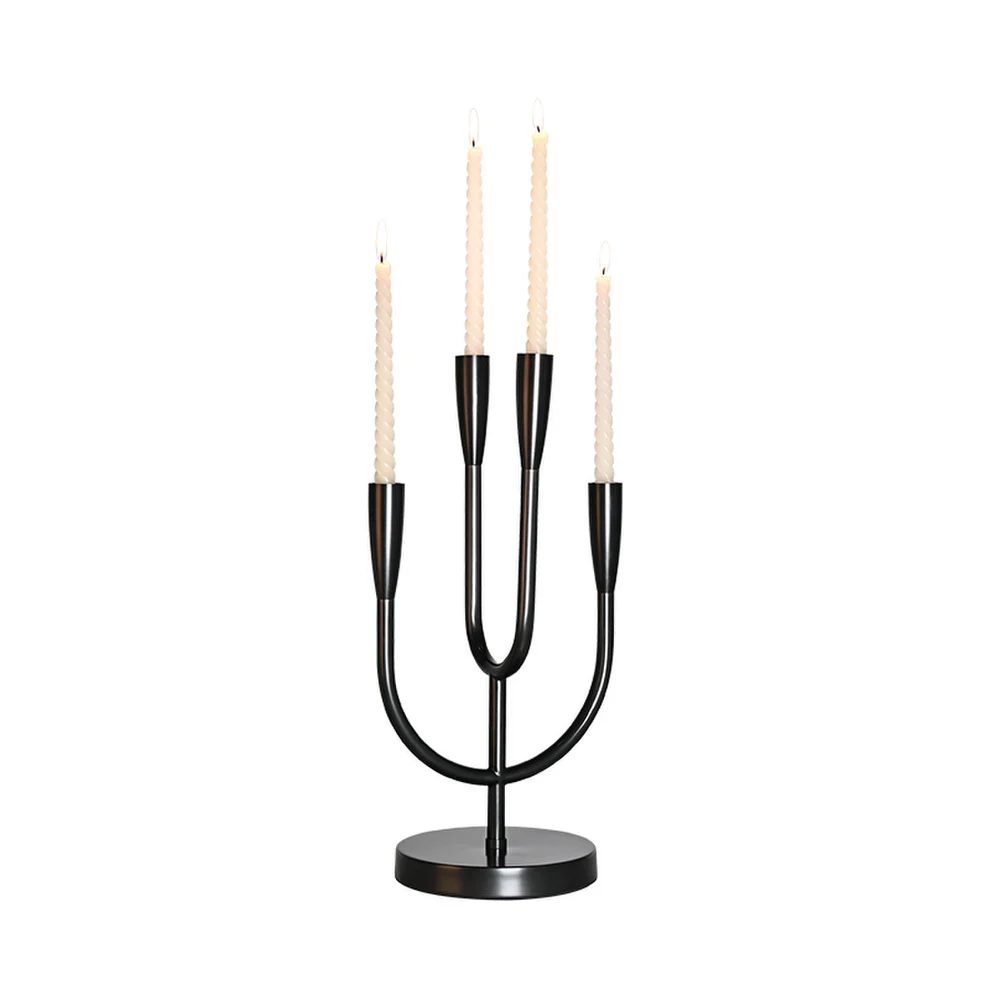How to Create Focal Points with Light: A Comprehensive Guide
How to Create Focal Points with Light: A Comprehensive Guide
Creating stunning and effective focal points in any space can drastically enhance the ambiance and aesthetic appeal. Lighting plays a crucial role in achieving this, as it can draw attention, define areas, and highlight specific features. This article explores various techniques on how to create focal points with light, providing insights, tips, and best practices to transform your environment. We will also address related questions that often arise regarding focal points and lighting.
Understanding Focal Points
Before diving into the techniques of using light to create focal points, it's essential to understand what a focal point is. A focal point in design refers to a specific area or object that draws the eye. It can be a piece of artwork, a decorative feature, or a beautifully arranged table. When combined with appropriate lighting, these focal areas can be enhanced further.
Choosing the Right Lighting Fixtures
The first step in creating effective focal points with light is selecting the appropriate lighting fixtures. Here are some types to consider:
| Type | Description |
| Spotlights | These direct light to specific areas, ideal for paintings or unique architectural features. |
| Wall Washers | These fixtures gently spread light across a wall, highlighting textures and colors. |
| Pendant Lights | Hanging fixtures that can serve as a dramatic focal point over tables or countertops. |
| Track Lighting | Flexible lighting options that can be adjusted to focus on various aspects of a room. |
When selecting these fixtures, consider factors such as brightness, color temperature, and placement to adequately illuminate your focal points.
Utilizing Light Layering
Light layering is a technique that involves combining different types of lighting to achieve depth and interest. Here are the three main layers:
- Ambient Lighting: This is the general illumination that fills a space. It should be soft and evenly distributed.
- Task Lighting: This focused light is used for specific activities, such as reading or cooking.
- Accent Lighting: This type highlights specific features or focal points. It's generally brighter and more concentrated than ambient lighting.
By employing all three layers, you can create a dynamic and inviting atmosphere that emphasizes your focal points.
Strategic Placement of Lights
Placement can significantly impact how a focal point is perceived. Here are some strategies for placing lighting effectively:
Highlight Artwork
When illuminating artwork, use spotlights or track lighting to direct light towards the piece. Ensure that the light does not create glare or hot spots, which can detract from the viewing experience.

Illuminate Architectural Features
If your space has unique architectural elements like columns or arches, consider using wall washers to emphasize these features. This not only highlights the architecture but also creates an inviting atmosphere.
Declare a Dining Area
Pendant lights above the dining table can create a warm focal point. Ensure they are hung at the right height to provide adequate light while also being aesthetically pleasing.
Outdoor Focal Points
For outdoor spaces, use landscape lighting to illuminate pathways, trees, or decorative elements. This not only enhances safety but also creates a magical atmosphere.
Adjusting Light Intensity and Color
The intensity and color of the light can significantly affect the mood of a space. Here are some tips:
- Use Dimmers: These allow you to control the brightness of your lights, enabling you to create different moods throughout the day.
- Color Temperature: Warm lights (around 2700K) create a cozy ambiance, while cool lights (around 4000K) are more energizing and modern. Choose according to the mood you want to set.
Integrating Smart Lighting Solutions
In the age of technology, integrating smart lighting solutions can provide flexibility and enhance your lighting design. Smart bulbs can be controlled via an app, allowing you to change color, intensity, and even create lighting schedules.
Consider using features such as:
- Voice Control: Easily adjust lighting settings using voice commands.
- Remote Access: Control your lighting when you’re away from home to create the impression of occupancy.
Common Questions About Creating Focal Points with Light
Here are some questions that arise frequently when discussing how to create focal points with light:
- What are the best types of lights for focal points? Spotlights, pendant lights, and track lighting are some of the most effective options.
- How can I create a focal point in a small room? Use Mirrors and strategically placed lighting to create an illusion of depth and draw the eye.
- Can I use natural light for creating focal points? Absolutely! Use window treatments that allow natural light to filter in and illuminate key areas.
Conclusion: Create Stunning Focal Points with Light
Creating focal points with light involves understanding the different types of lighting, strategic placement, and the art of layering. By utilizing these techniques and being mindful of the ambiance you wish to create, you can transform any space. Remember that lighting is not just functional; it’s a vital design element that can elevate the overall aesthetic.
As you experiment with different lighting strategies, keep the following in mind:
- Always consider the size and purpose of the room.
- Test different light intensities and colors to find what works best for your design.
- Don’t be afraid to mix and match lighting types and technologies.
With these insights, you are well on your way to mastering the art of creating focal points with light, making your spaces not just functional but also magnificent.
